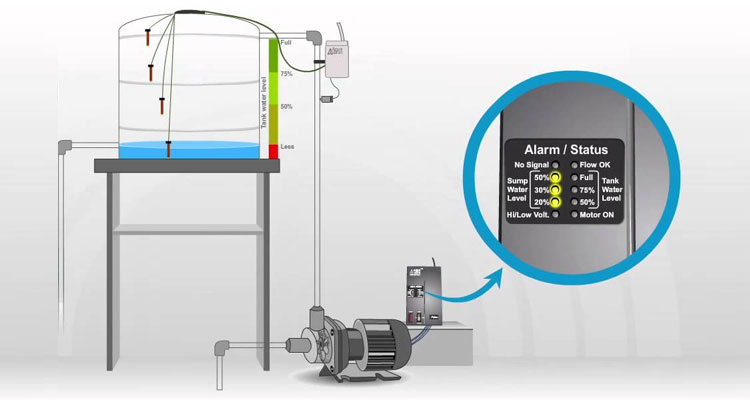The Perks of Investing in Automatic Water Level Controllers.
Managing water efficiently is essential for every home, farm, and factory. Automatic water level controllers offer a smart and cost-effective way to handle water usage without manual effort. Let’s explore why these devices are worth investing in.
Why Automatic Water Level Controllers?
Automatic water level controllers help regulate the water level in overhead and underground tanks. They reduce wastage, protect the motor, and save electricity. Whether for a home, agriculture, or industry — this AI-powered solution is built for reliability and ease.
Top Benefits of Using These Devices
-
No Manual Checks: These controllers eliminate the need for regular tank monitoring.
-
Smart AI Integration: Automatically switches the motor on/off based on water levels.
-
Avoids Overflow: Prevents water from spilling over by keeping the tank in check.
-
Dry Run Protection: The motor stops when the underground tank runs empty.
-
Time-Based Scheduling: You can set timers to pump water at preferred times.
-
Power Fluctuation Handling: Monitors voltage changes and protects the motor.
Long-Term Savings and Efficiency
These devices are designed with AI-based monitoring and sensors that are durable, non-corrosive, and power-efficient. They also support wireless pump automation systems that reduce operational costs and promote smart water usage.
Ideal for Homes and Industries
From domestic water tanks to industrial units, these controllers offer uninterrupted water supply and peace of mind. They work silently in the background, ensuring water is available when you need it most.
Conclusion
Investing in an automatic water level controller is not just a smart choice — it’s the future of sustainable living. It saves time, energy, and money while helping conserve water. Upgrade today for smarter water management.



Hi, this is a comment.
To get started with moderating, editing, and deleting comments, please visit the Comments screen in the dashboard.
Commenter avatars come from Gravatar.